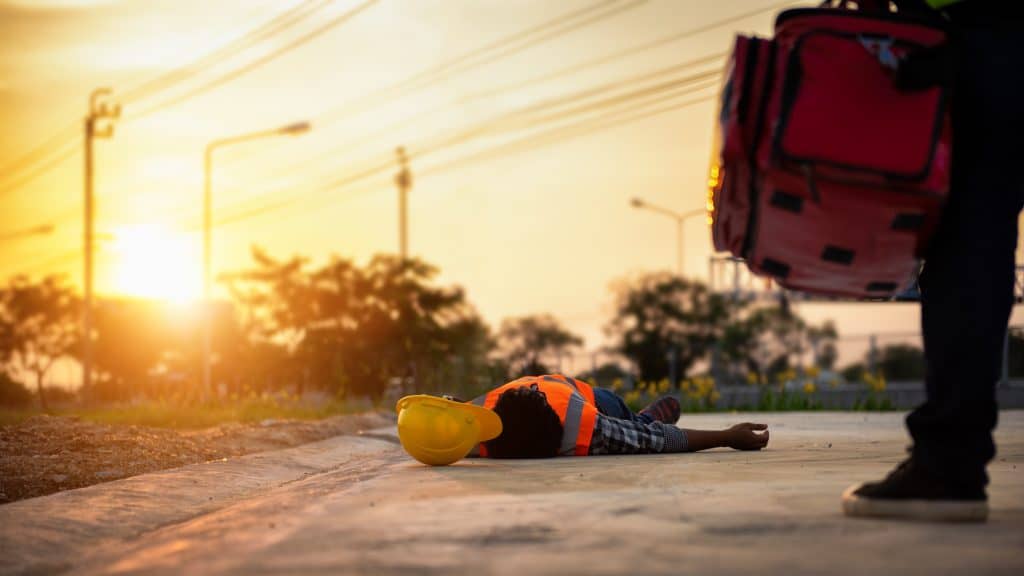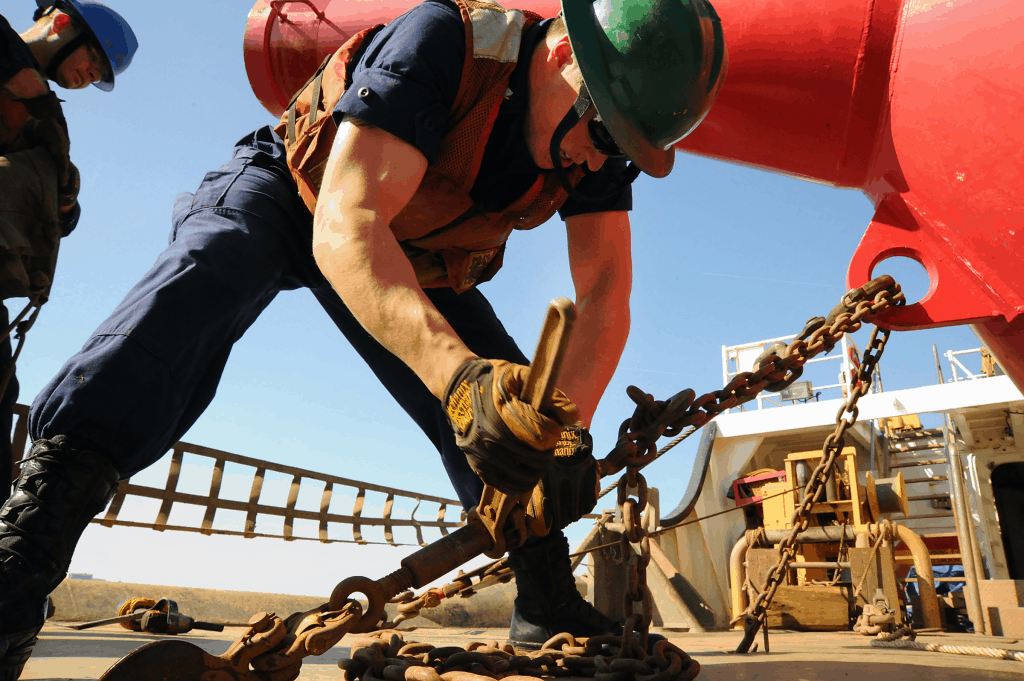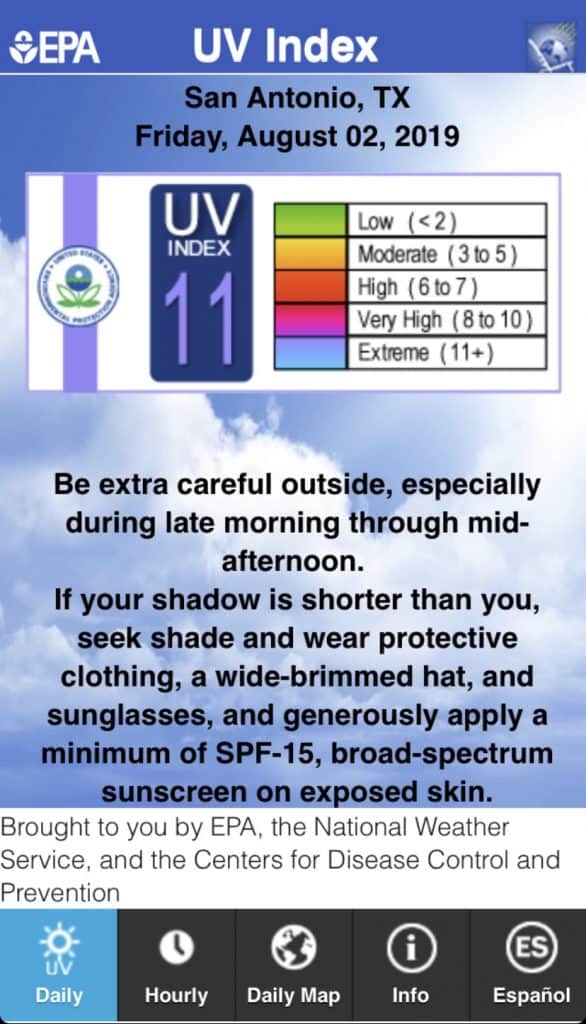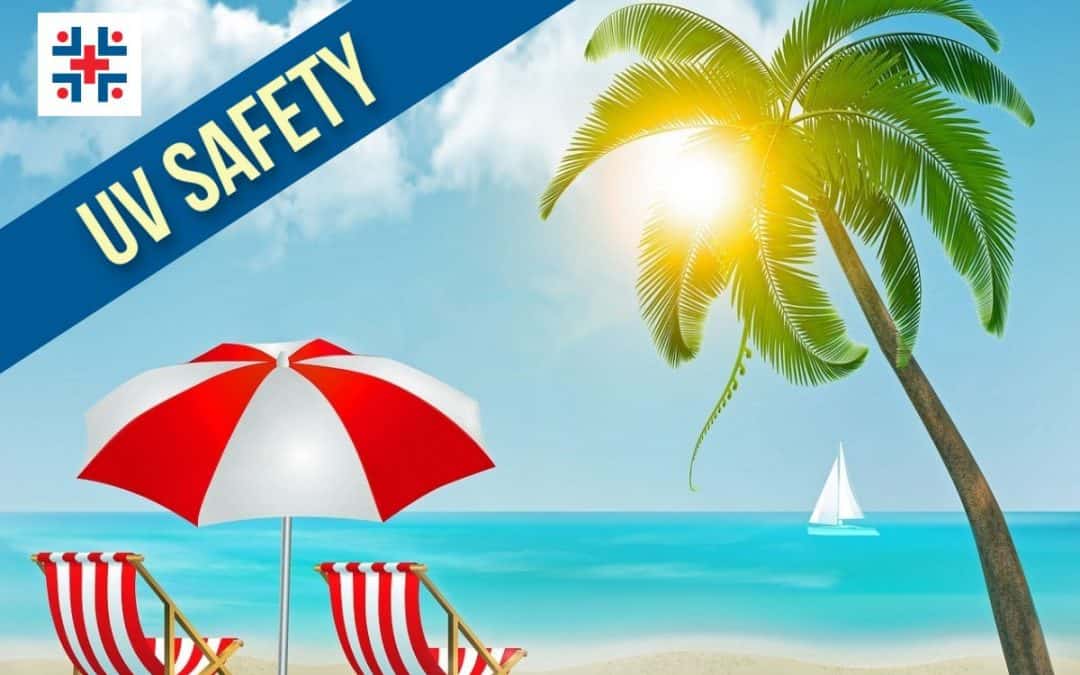How You Can You Protect Yourself Against the Sun’s Harmful Rays?
Texas is hot! But regardless of your skin type there are plenty of ways to protect yourself from the harmful effects of too much UV exposure. To have UV damage to a worker in the sun isn’t worth the risk for skin.
Cancer in San Antonio
20% of deaths in Bexar County were cancer related, according to the San Antonio Metropolitan Health District report of 2017. Cancer rates over the years have been steadily climbing, second to only heart disease as the leading cause of death in Texas in 2017 . Cancer is second only to heart disease as a leading cause of death in the United States, with 1.5 million Americans diagnosed annually, contributing to about 600,000 deaths per year. Let’s examine the sources of common cancer.
Skin Cancer
Skin cancer develops in sites on the body which are overexposed to the sun and cause skin cells to be damaged from UV rays. The damage to the cell’s DNA caused by the excessive exposure creates genetic mutations responsible for skin cancer. The U.S. Department of Health and Human Services and the World Health Organization (WHO) have identified UV rays as a proven human carcinogen. In other words, nonmelanoma skin cancers, including basal cell carcinoma (BCC) and squamous cell carcinoma (SCC) come from UV radiation or direct exposure to the sun or tans beyond the visible light. According to the Skin Cancer Foundation, using a tanning bed before age 35 increases risk for melanoma by 75 percent.

“There are three types of UV rays. UVA is believed to damage connective tissue and increase the risk for developing skin cancer. UVB penetrates less deeply into the skin, but can still cause some types of skin cancer. Natural UVC is absorbed by the atmosphere and does not pose a risk.”
CDC, NIOSH, Fast Facts.
Pay attention to skin inflammation, skin lesions that comes suddenly.
There are some easy ways to reduce the risk of sun damage, premature aging and ways to protect your skin from too much UV light. To reduce your chance of sunburn and risk of skin damage, don’t take chances. Use adequate protection.
- Wear proper eye protection. Always check your sunglass lenses and use UV-blocking sunglasses.
- Wear broad-brimmed hats. Blistering sunburns on the head and face can be avoided altogether.
- Use broad spectrum sunblock with a significant sun protection factor (SPF) with a high UV protection.
- Limit exposure to sunlight.
Occupational Risks
Don’t underestimate the sun’s powerful rays. UV rays can damage your skin in as little as 15 minutes. It may seem obvious, but limiting sun exposure time could spare your precious human skin tissue from the damaging effects of UVB radiation. This doesn’t mean a worker’s outdoor activities need to take a hike completely, it just means to be mindful of how your worker’s sun exposure may affect cells in tissues with excessive amounts of bright sunlight. Overexposure to solar radiation and ultraviolet radiation under a diminishing ozone layer all poses risks.
Potential risks from eye damage and eye injury can be prevented with sun safety. A wide-brimmed hat can reduce the risk of damaging cells and reduce skin injury. Even posture is relevant in determining skin cancer risks for the body. The job and activities performed during work will bring greater risks and have an impact on workers’ exposure to radiation, especially during the hottest hours of the day and summer season for construction and agriculture sectors.
Studies show harvesting fruit from the trees or the ground, and masonry versus tiling bring higher radiation exposures to the face and chest, back and nape. Workers are also at risk for heat stroke and heat exhaustion.

Ignoring Prevention of Skin Cancer
As an employer, it is both costly and dangerous to ignore the risks of harm from Ultraviolet (UV) rays from the sun or other known causes of skin cancer to your employees. As an employee, it is also costly and dangerous to ignore the loss of income that will happen as a result of taking time off work and threatening the body. This is especially significant, since Texas does not have the requirement from OSHA to provide workers’ compensation coverage to employees who develop skin cancer as a result of sun exposure on the job. Although the number of skin cancer deaths are relatively low compared to other types of cancer, the effects of skin cancer are still quite real and staggering, with nearly 5 million people in the United States needing treatment for it, and over $100 million lost in workers’ productivity due to absence or hindered activity because of skin cancer. By ignoring the prevention of skin cancer, both companies and individuals are at risk to lose health and wealth.
Rising Summer Temperatures
August is the hottest month in San Antonio with average temperatures between 75°F – 96F° with the humidity dropping some, bringing a stronger, drier heat with less rain. Construction workers, farmers, lifeguards, and other workers who spend a majority of time working outdoors are more prone to blisters, extreme dehydration, sunburn, heat exhaustion, heat stroke, fatigue and skin cancer, as the UV ray exposure compared to workers indoors is much higher. Sunburn can happen in only 4 short hours, with the eyes also at risk for permanent damage.

Stay Protected
The CDC recommends encouraging and providing sun protection for outdoor workers to help create a healthy and safe workplace, which will also increase productivity.
Workers can remember to wear protective clothing such as hats, sunglasses, and sunscreen, determines worker eye and skin exposure as well. Tracking the UV Index by downloading the app will help during summer months and other high or extreme UV levels.

Employers can remember that the reflection from concrete and metal or other bright surfaces increase total sun exposure, especially in work sites, therefore, the work site can be modified. Add cooling stations, increase shade, provide adequate water. Decrease the UV radiation by covering shiny or reflective surfaces as much as possible. Also, education on proper sun protection is imperative. Workplace training for sun safety can help with skin cancer prevention, help workers detect signs of overexposure to heat. Skin cancer screening on a yearly basis is recommended.
Remember, staying protected and safe from overexposure to the sun will keep you alive with a good quality of life and help your business thrive.
If you or someone you know may have been overexposed to harmful UV rays, Direct Med Clinic can help make sure you get the attention you need. If you’re unsure, make an appointment for skin examination. Until then, don’t forget to apply sunscreen!


Recent Comments